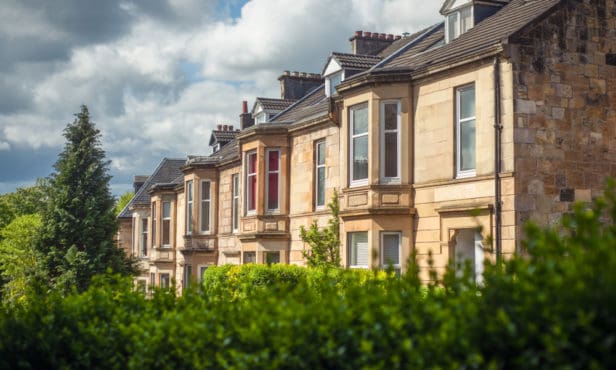Data shows that every region in the UK has experienced a rise in average sold property prices irrespective of the “saving” made from the stamp duty holiday.
Data scientists from MIAC Property Analytics have analysed sold house prices in June 2020, the last month before the stamp duty holiday was introduced, comparing them against the latest data from April 2021 for house sales in real terms.
MIAC’s indices show the top “winners and losers” by county and London borough from the Stamp Duty holiday.

Stamp duty holiday sees 22% rise in monthly property transactions
Darrel Welch, MIAC Analytics’ managing director, said: “The stamp duty Holiday was an initiative designed to reboot a property market that had effectively stagnated as the pandemic and lockdown measures delayed completions and made house viewings virtually impossible.
“One of the unintended consequences of the Stamp Duty holiday has been a gold rush to complete before the respective deadlines, with the unprecedented demand pushing up prices in return.
“What this data shows is that a significant amount of the Stamp Duty saving made over the last year has simply been added onto the cost of the sale, in some cases adding tens of thousands of pounds on to a mortgage.
“This data provides a snapshot of the holiday’s impact in real time, but it will be at least six to twelve months down the line until we can understand the true impact. If house prices snap back to pre-pandemic trends, then thousands of people could be at risk of over-sized mortgages and negative equity.”
The North West saw house prices rise the most sharply between June 2020 and April 2021, with an overall increase of 3.68% in real terms despite an average stamp duty saving of £1,849. Yorkshire and the Humber was the second biggest loser, with a home costing on average 3.26% more in April 2021.
Although every region in England experienced a price increase in spite of the Stamp Duty saving, some fared better than others. In the West Midlands – the top saving region – house prices rose by 0.87% with buyers making a stamp duty saving of £2400.
While overall no English region was exempt from a price hike in property prices above the stamp duty saving, buyers in some UK counties did financially benefit. Buyers in Hammersmith and Fulham made the greatest saving, with a stamp duty reduction of £14,680 allowing buyers to save £8,272 despite the average price rising from £784,460 in June 2020 to £790,867 in April 2021.
In contrast, buyers in Westminster experienced the biggest price hike, paying a whopping £138,316 more on average in April 2021 than June 2020, even when allowing for the Stamp Duty saving. The average terraced house in Westminster sold for £3,994,547 in April 2021 – an eye-watering £243,911 more than ten months prior despite buyers saving £15,000 on Stamp Duty.
Rutland, the East Midlands county, saw the biggest real-term house price increase outside of London with people paying on average £39,364 more in June 2021 despite a £9,899 saving in Stamp Duty.
The data takes in account the impact of COVID-19 and natural trends in house prices from 2017 – 2021 to compare house prices from June 2020 (the last month before the stamp duty holiday was launched) and April 2021 to see the real impact of the stamp duty holiday on UK house prices.
MIAC Analytics’ platform also affords more granular insight into relative price movements in terms of property type, with analysts finding that a detached home in Newport, Wales cost almost £60,000 more after the tax break, making it the area with the biggest price increase outside of London.
Flat hunters in the Welsh county of Pembrokeshire also fared badly with the average price jumping to £197,718 in April 2021 up from £175,801 on June 2020 figures – an increase of £21,917 that is narrowly below the annual salary for people living in the area (£24,000).
Savings were few and far between but there were still some bargains to be had. Aberdeen, Scotland, for example, was the only place in the UK where buyers made a saving on semi-detached houses, by an average of £755.

